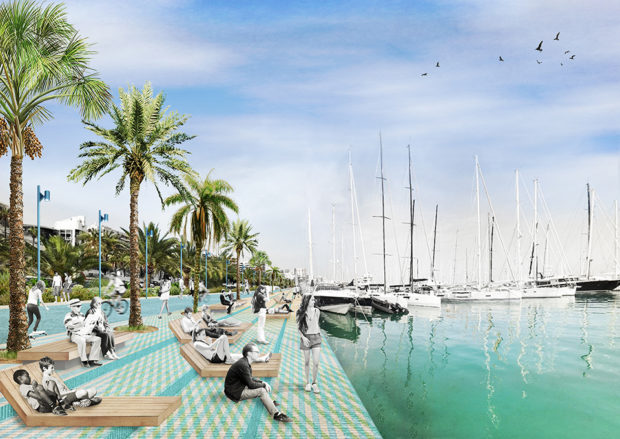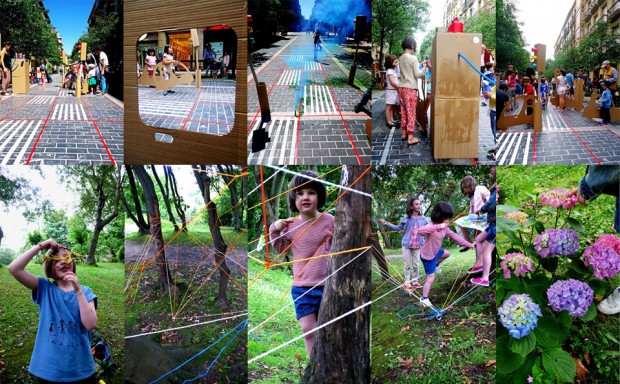
Bicycle parking in Copenhagen, photo gently borrowed from Olmofin on Flickr
All the arguments are known. All the benefits of using a bicycle as a means of transportation have been discussed, on words, speeches, infographics, funny drawings, and all other sorts of communication. We all know it is an efficient vehicle, with zero fuel consumptions and pollutant gases emission, requires less space, eases traffic congestion and is good for one’s wallet and health.
However, the most valuable and meaningful aspect of this two-wheeled vehicle has not yet been discussed. Cycling is a really intimate way of blending with the landscape, urban or rural. The bicycle is, therefore, an instrument for understanding the city, being this a key factor for the future of urban areas.
In a car, the world is reduced. The driver is inside a box, focused on getting rapidly from A to B. He moves through sections of asphalt roads and highways. Everything that surrounds him is a secondary plan. The environment, the architecture, the landscape, the life. All part of a canvas blurred by the circulating speed.
In the city, the bicycle it’s not just a ride, it is also a tool, a device for understanding the city and experiencing the true meaning of urbanism.
Being on the side of those who believe cities should be (much) more human centered, more livable, attractive and sustainable is certainly not easy, especially if you’re living in a car-centered society. Have you tried to talk with your friends or family about these problems? Have you tried to talk about how much space in a street is reserved for the cars, compared to the little sidewalk? They won’t understand, most of them drive a car, they want their space, their parking spot. They still believe more and wider car lanes will ease urban congestion.
I cannot approach them, or any random citizen, about energy efficiency in cities, about air pollution; I cannot tell them that part of the solution is a system based on walking, cycling and on public transport. I cannot tell them that the key for urban sustainability relies on density or about how the highways had fragmented the landscapes (and this is clear in Lisbon).
It doesn’t matter how eloquent we are, nobody wants to change their lifestyle when they understand it as life quality.
And this is why the bicycle is such an important tool, as a way to experience urbanism. Go for a bike ride along the city with someone who’s driving a car on a daily basis and even the best sustainable cities presentation will fall short of this exercise.
They’ll see the world with different eyes. There’s so many cars here and they’re going too fast, he’ll say. This cycling track should be larger, but generally there should be more in this part of town. I never noticed this building before. Oh, this cafe looks very nice, let’s stop, thank god they got bike racks. And, all of a sudden, those problems are not that far away from their reality.
Here’s the deal, everybody was already liking to ride a bicycle since they were kids. We don’t need to sell it. It’s cool, it’s fun, easy and economical. It’s just a matter of trying, becoming thrilled about it, and maybe they’ll see the benefits of a car-less or even car-free living. It’s all about experiencing it.
And this elevates the importance of pilot projects in the city, the importance of giving the opportunity for citizens to enjoy and feel the city as their own. It doesn’t matter what it is, as long as it’s enlightened with life: a car-free saturday, a naked bike ride, some parklets or occupying a street for a month. Personally, I love when the traffic is cut in some random street, I instantly jump from the tiny sidewalk to the car lane. People will love it and the city will benefit from it, short and long-term.
This is what we need, less talk and more action.

A do-it-yourself bike lane in Asunción, Paraguay











